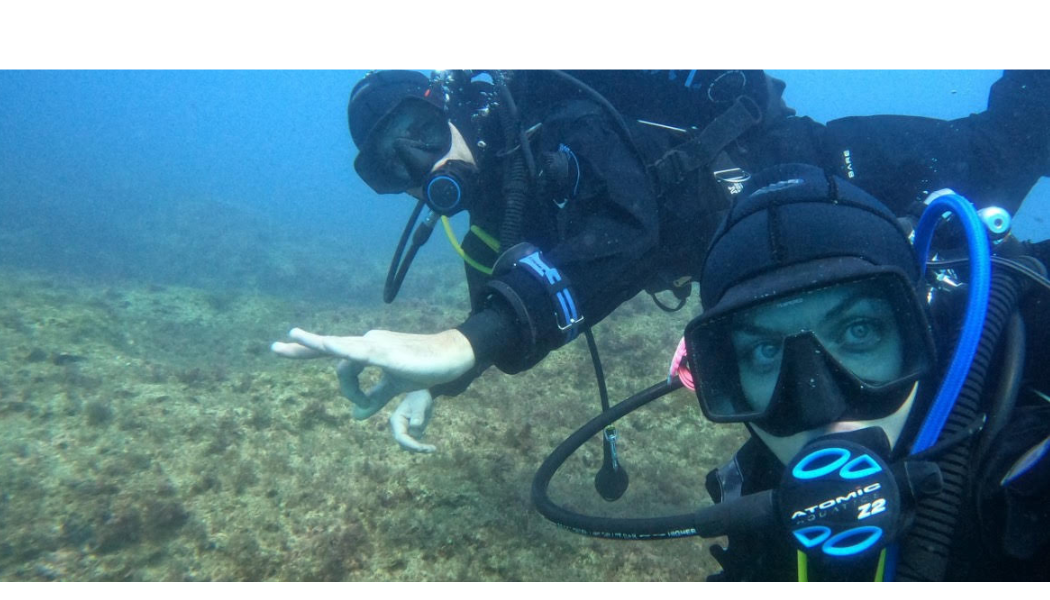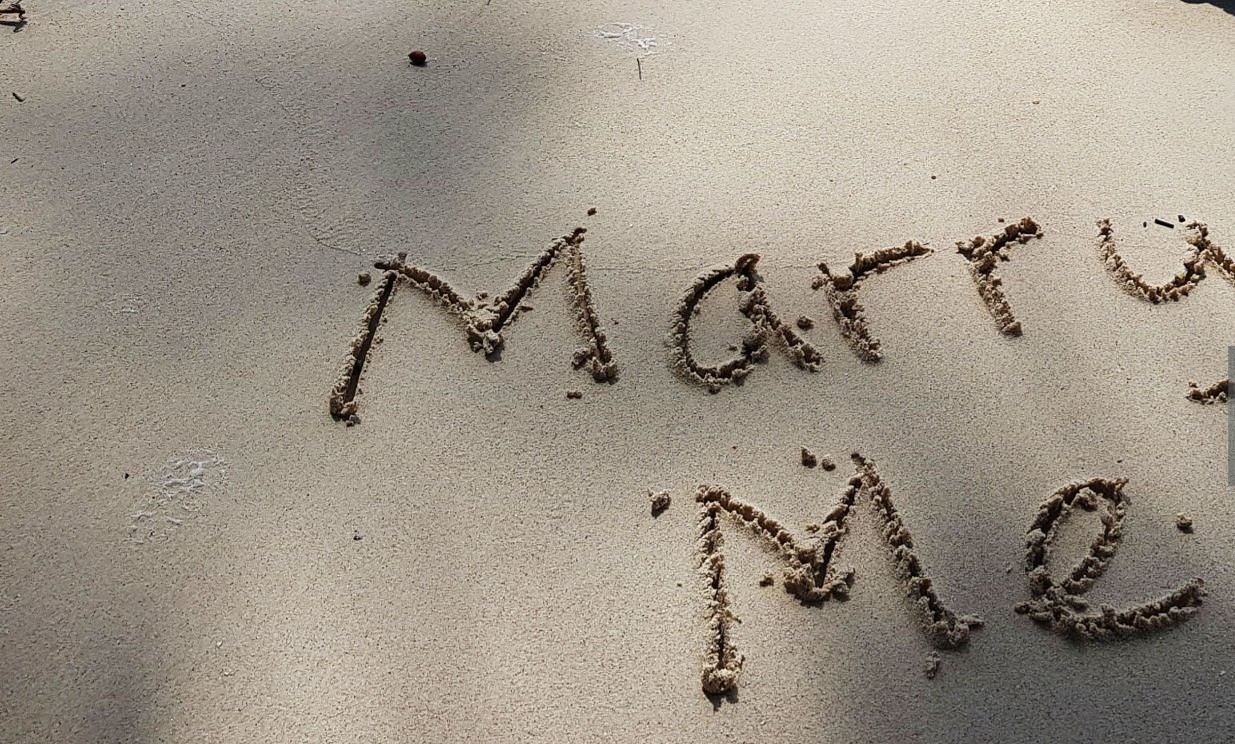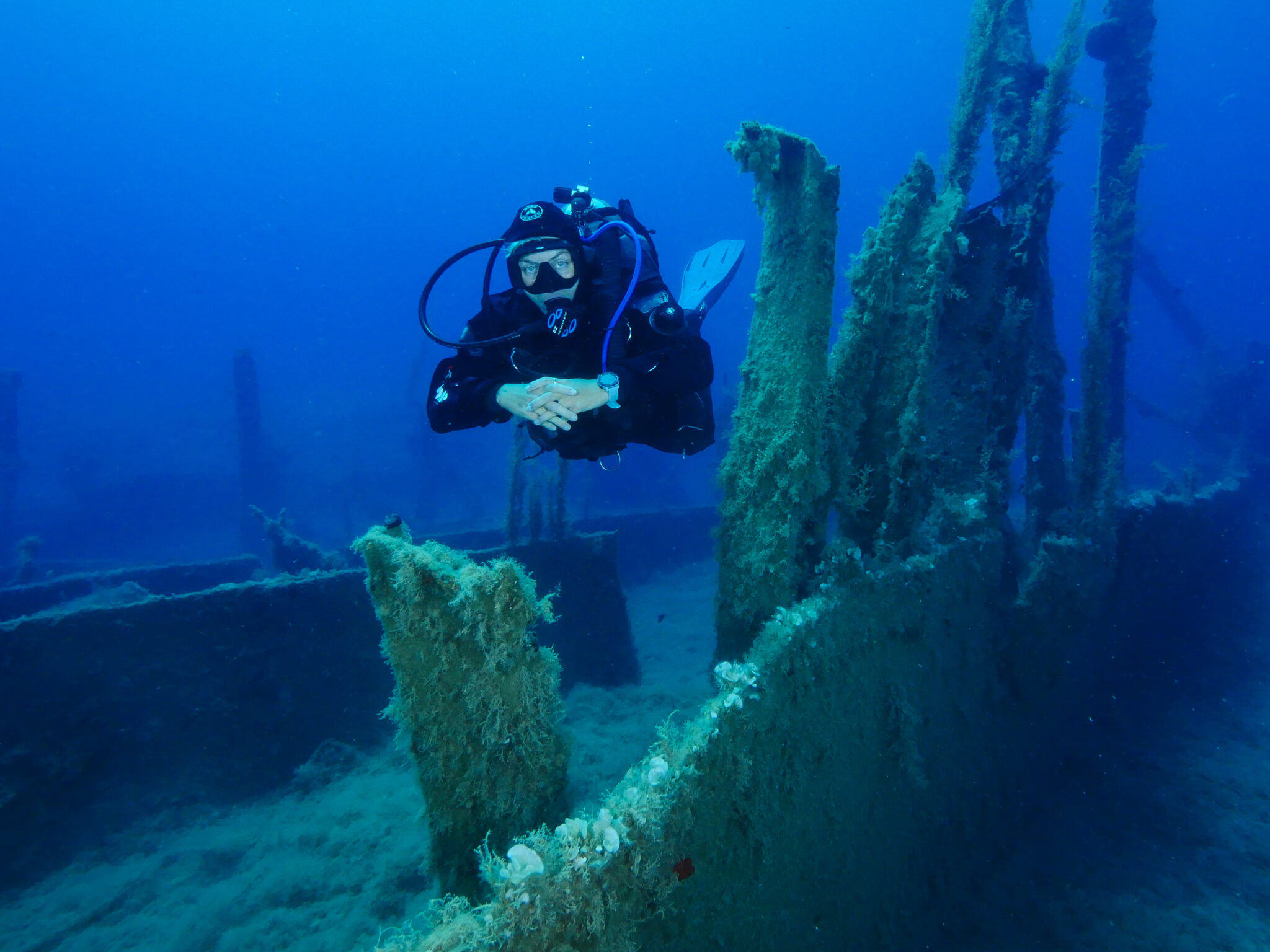Scuba: Speaking the Silent Language


At SaltyDescents, we believe that every dive tells a story. Hans Christian Andersen once said, “Art is the language without a word,” and there’s no better way to describe the experience of scuba diving. Beneath the waves, where human words can’t reach, a unique form of expression takes over—one that’s built on gestures, emotions, and the natural beauty of the underwater world.
Diving isn’t just about exploring; it’s about connecting. Here’s why scuba is truly the silent language of the ocean.
A Universal Language That Unites Us All
Diving transcends language and cultural barriers. Even when divers speak different languages on the surface, underwater, we all communicate the same way. Through simple hand signals, eye contact, and shared experiences, diving creates a connection that brings people together, no matter where they’re from.
Communication Without Words
When we (George and Ioanna) first started diving, things didn’t always go smoothly. In fact, we used to argue a lot underwater. Both of us were beginners, so we had no idea what we were doing (but we were certainly trying our best!).
George, ever the perfectionist, always wanted to have everything under control—buoyancy, navigation, air supply—would get a bit disturbed when Ioanna, still getting the hang of it, would occasionally lose buoyancy and float up, causing George to scramble to “manage” the situation. You can imagine how this went: George would give a series of enthusiastic hand signals, and Ioanna, equally enthusiastic (and confused) would respond with a flurry of gestures. And that’s when the “debates” began. It was like we were having a heated underwater discussion… without the words. (Because, well, bubbles.)
And, of course, when we surfaced, we didn’t talk much—mostly because we were both too busy recovering from our underwater “debate.” It was less of a conversation and more of a mime performance. Each of us was busy translating the hand signals and the buzzing noise of the bubbles the way we wanted, creating our own version of the story.
Fast forward a bit, and now we know the importance of calm communication and patience. The hand signals, the body language, the eye contact—all of these have become second nature, making dives smoother and much more enjoyable. Now, we communicate effortlessly with a shared look or a simple gesture. It’s a much better way to dive, and it keeps the smiles flowing, even if we don’t always agree!
Hand Signals for Effective Communication
As we learned to communicate through subtle glances, gestures, and an occasional nod, we began to realize how powerful hand signals are when it comes to keeping things clear and safe underwater. After all, when we were beginners, we often had to “translate” each other’s hand signals, and sometimes, even the bubbles seemed to have their own opinion!. Here are some of the key hand signals every diver should know to keep things clear and safe:
The “OK” Signal: The most essential signal in diving. By forming a circle with your thumb and forefinger, you signal that everything is fine. Whether you’re checking in with your buddy or confirming that your equipment is functioning properly, this simple gesture keeps the dive safe and stress-free.
The “Thumb Up” Signal: This is the signal for “Let’s go up!” It’s used to indicate that you want to ascend, whether it’s due to running low on air or simply reaching the end of your dive time. It’s a clear, quick way to communicate a change in direction.
The “Thumb Down” Signal: When you’re ready to descend or need to indicate that you want to continue going deeper, this gesture lets your buddy know that it’s time to go down.
The “I Have a Problem” Signal: If you encounter an issue during your dive, it’s important to communicate clearly. The “I have a problem” signal is done by placing your hand in front of you, palm facing down, and moving it in a side-to-side motion, like saying “so-so.” This signals to your dive buddy or guide that something is wrong. After making this signal, it’s essential to point to the source of the problem. For example, if your mask is leaking, point to your mask. If you’re experiencing difficulty equalizing your ears, point to your ear. This helps your buddy or guide quickly understand the issue and offer the appropriate assistance.
They are just a few that a diver should know.
At SaltyDescents, we embrace this universal language as it transcends borders, cultures, and backgrounds. Whether you’re from across the globe or just down the street, underwater, we all speak the same language. As we’ve learned over time, diving is not just about exploring the underwater world—it’s about connecting with your buddy, sharing those moments of awe, and ensuring you both feel safe and comfortable. Whether it’s a simple “OK” or an urgent “I have a problem” signal, knowing how to communicate without words makes all the difference.
So, next time you dive, remember: it’s not just the bubbles that speak. With the right gestures, eye contact, and body language, you’ll be able to dive deeper into the experience, fully in sync with your buddy—no words necessary.

Imagine this: crystal-clear waters, the sound of your own breath as you glide through the deep blue, and the love of your life right by your side. Now, picture the moment when they…

Explore the SS Minnewaska shipwreck in Souda Bay, Crete – a WWI British troopship sunk in 1916. Ideal dive for all levels with rich maritime history.Beneath the waters of Souda Bay, Crete, lies the…